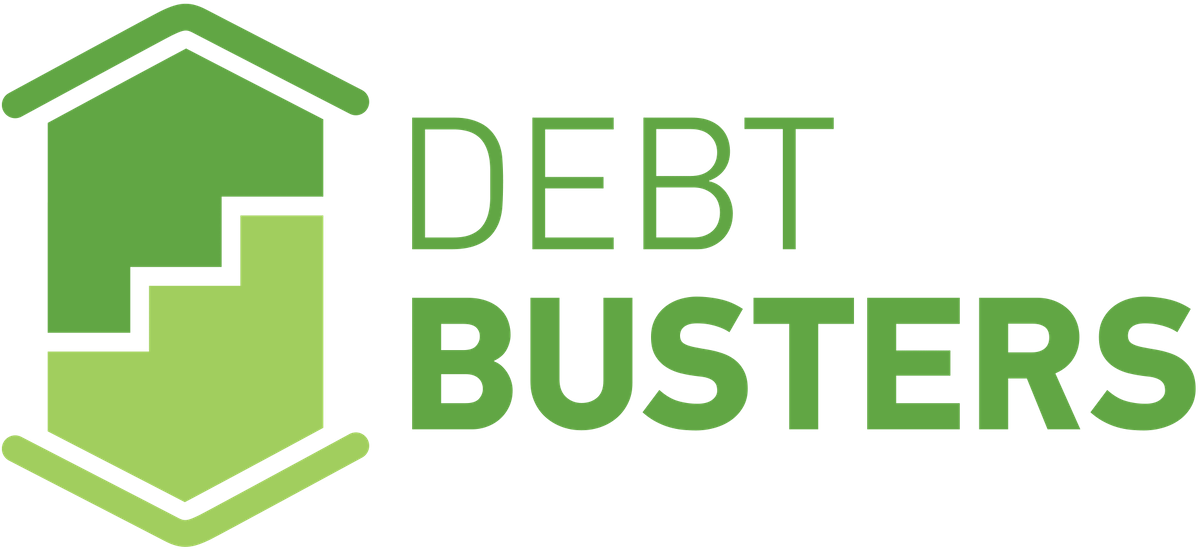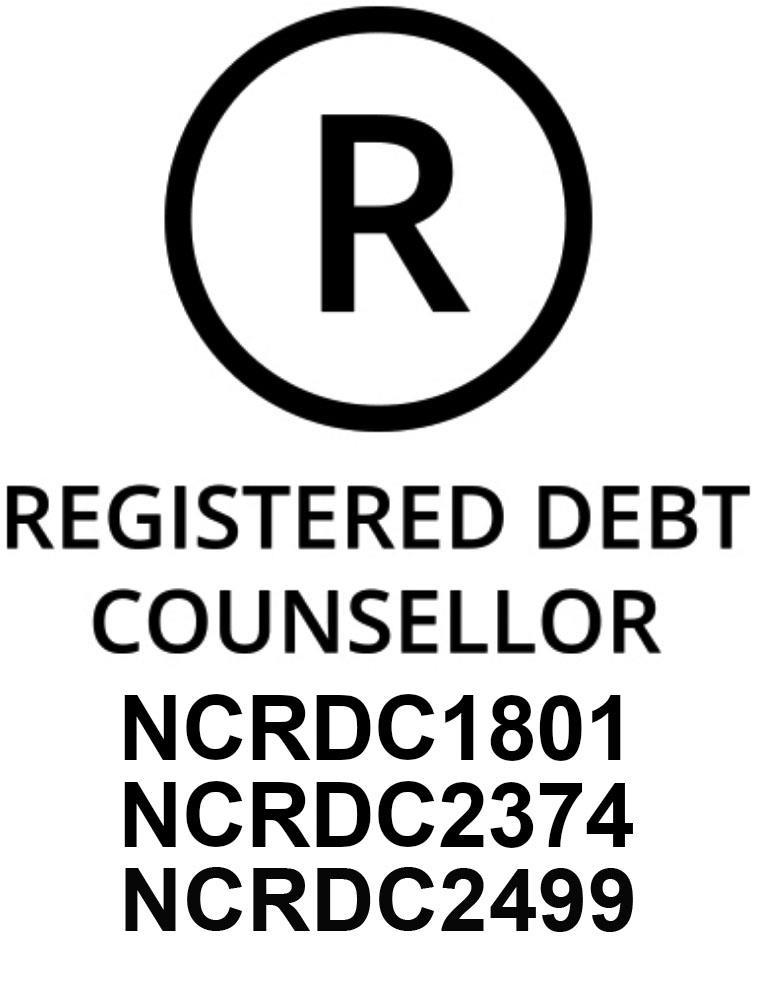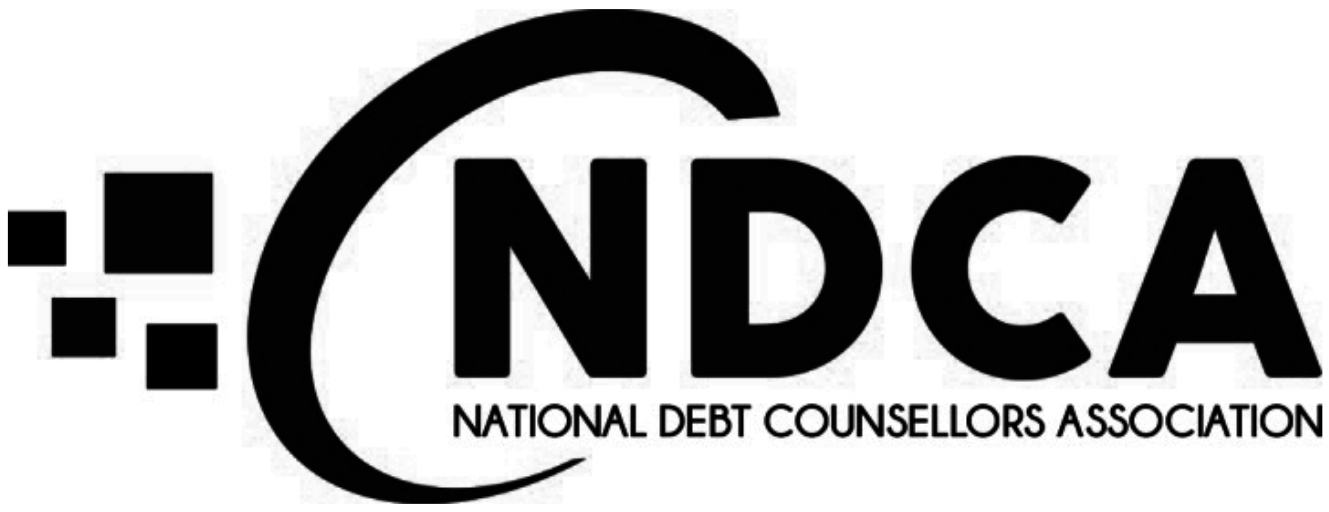South Africans have long been considered as being amongst the world’s worst savers for retirement, but the reasons may have more to do with high levels of indebtedness rather than a poor savings culture. We include an extract from iAfrica's recent article on this; read the full article on iAfrica.
“Most South Africans want to save for their retirement, but the reality for many middle-income South Africans is that once they’ve paid for essentials most of what’s left is spent on repaying debt. Debt repayments make up a substantial portion of what consumers need to spend. That makes saving difficult, if not impossible,” explains Benay Sager, head of DebtBusters.
The company’s most recent quarterly Debt Index found that people applying for debt counselling with take-home pay of over R20 000 per month are spending 60% of their monthly net income servicing debt. Their total debt-to-income ratio is over 130%. While in other countries the total debt-to-income ratio is similar, most of the debt in other countries is low-interest bond debt — in South Africa most of the debt is high-interest unsecured debt.
He says there are a few reasons for this. One of the main ones is that real incomes have declined by 17% over the past five years as a result of inflation, and the latest CPI numbers will exacerbate the situation.
A related reason is many consumers had to take significant, and in some cases permanent, salary cuts during the past year to keep their jobs. At the same time, the cost of essentials has gone up, forcing the consumers to borrow to make up the shortfall. Evidence of this is the 76% increase in unsecured debt levels since 2016 amongst consumers earning over R20 000 or more.
Read the full article on iAfrica.






